ASRock Rack ROME2D32GM-2T Block Diagram
Here is the block diagram for the system, and it is borderline amazing.
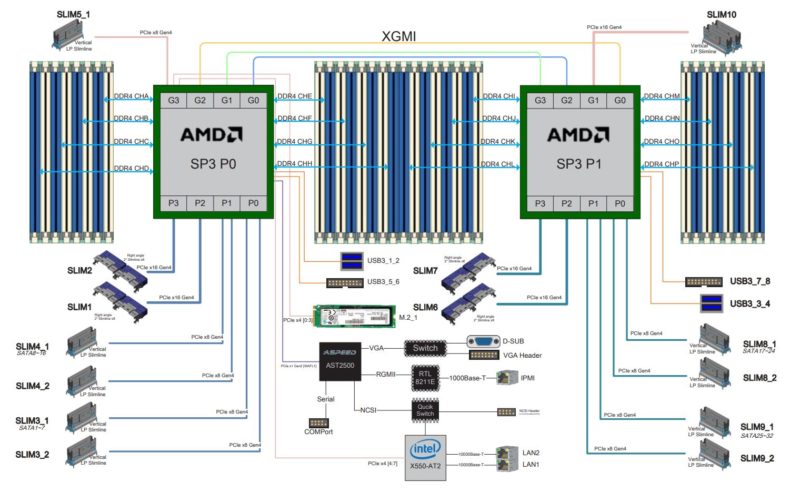
What you are seeing here is every single I/O lane possible in the platform. First, the two CPUs only have three of the possible four inter-socket XGMI links. As a result, we get to repurpose 16x PCIe Gen4 lanes from each CPU, 32x total, for I/O. Many have found that since the Infinity Fabric speed between sockets doubled or so in this generation on each lane, using three instead of four links was preferable because it gets more I/O. That is exactly what ASRock Rack has here.
Next, we have a total of 152x of the 160x possible PCIe Gen4 lanes going to the SlimSAS x8 connectors. The idea here is that instead of using PCIe slots, one can use risers, storage backplanes, or other places to use the PCIe links. This is the fully-cabled PCIe solution that STH has been talking about for years. 32 of these lanes can be switched to SATA instead of PCIe for a fairly massive storage server as well.
The remaining eight lanes do not go to waste. Four of the lanes are connected to the M.2 slot leaving us with four lanes remaining. Those four lanes are connected to the Intel X550-AT2 10Gbase-T NIC.
While this is a proprietary motherboard design, it has standard ATX power inputs so we were able to boot it on a test bench.
ASRock Rack ROME2D32GM-2T Managmenet
We have gone over ASRock Rack ASPEED AST2500 management a few times already, but here is the general overview. In our hardware overview, we showed the out-of-band management port. The management port allows OOB management features such as IPMI but also allows one to get to a management page. ASRock rack seems to be using a lightly skinned MegaRAC SP-X interface. This interface is a more modern HTML5 UI that performs more like today’s web pages and less like pages from a decade ago. We like this change.
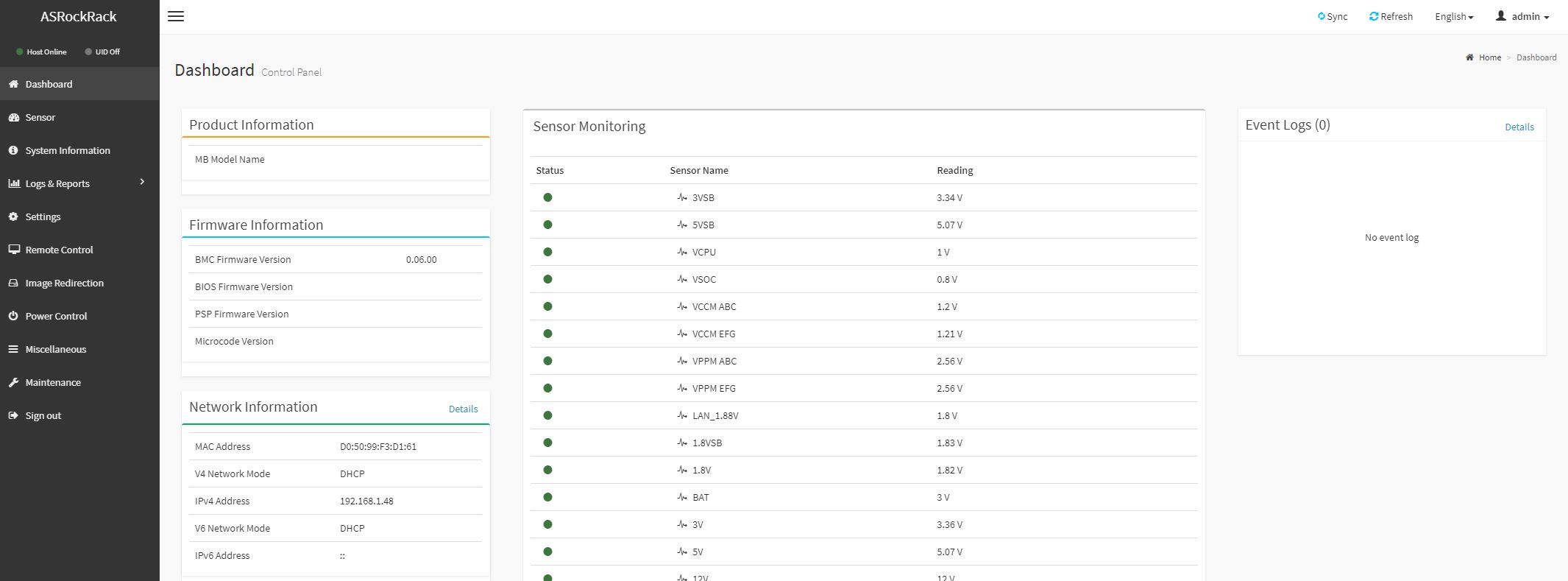
Going through the options, the ASRock Rack solution seems as though it is following the SP-X package very closely. As a result, we see more of the standard set of features and options.
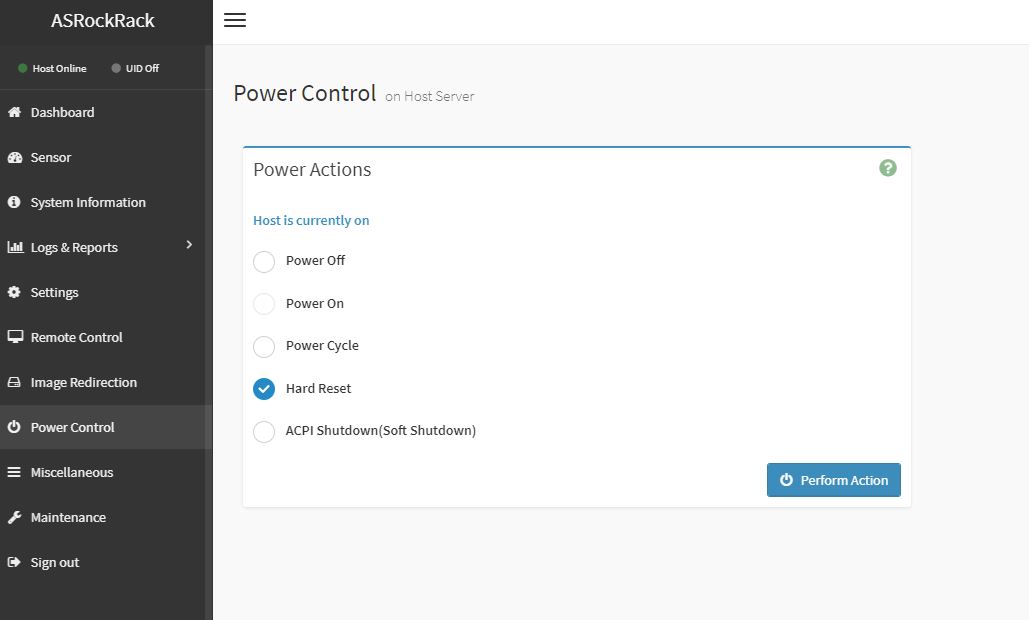
There was one feature that we specifically enjoyed. One can see there is a “Processor Hot” feature in the firmware that allows the system to throttle if an overheat situation is detected.
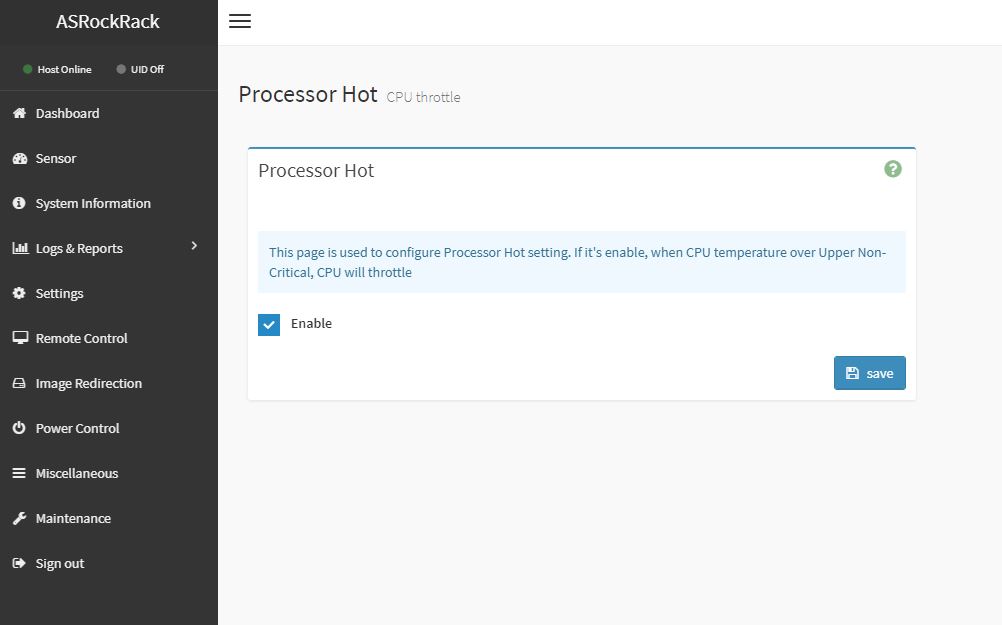
One nice feature is that we get a modern HTML5 iKVM solution. Some other vendors have implemented iKVM HTML5 clients but did not implement virtual media support in them at the outset. ASRock Rack has this functionality as well as power on/ off directly from the window.
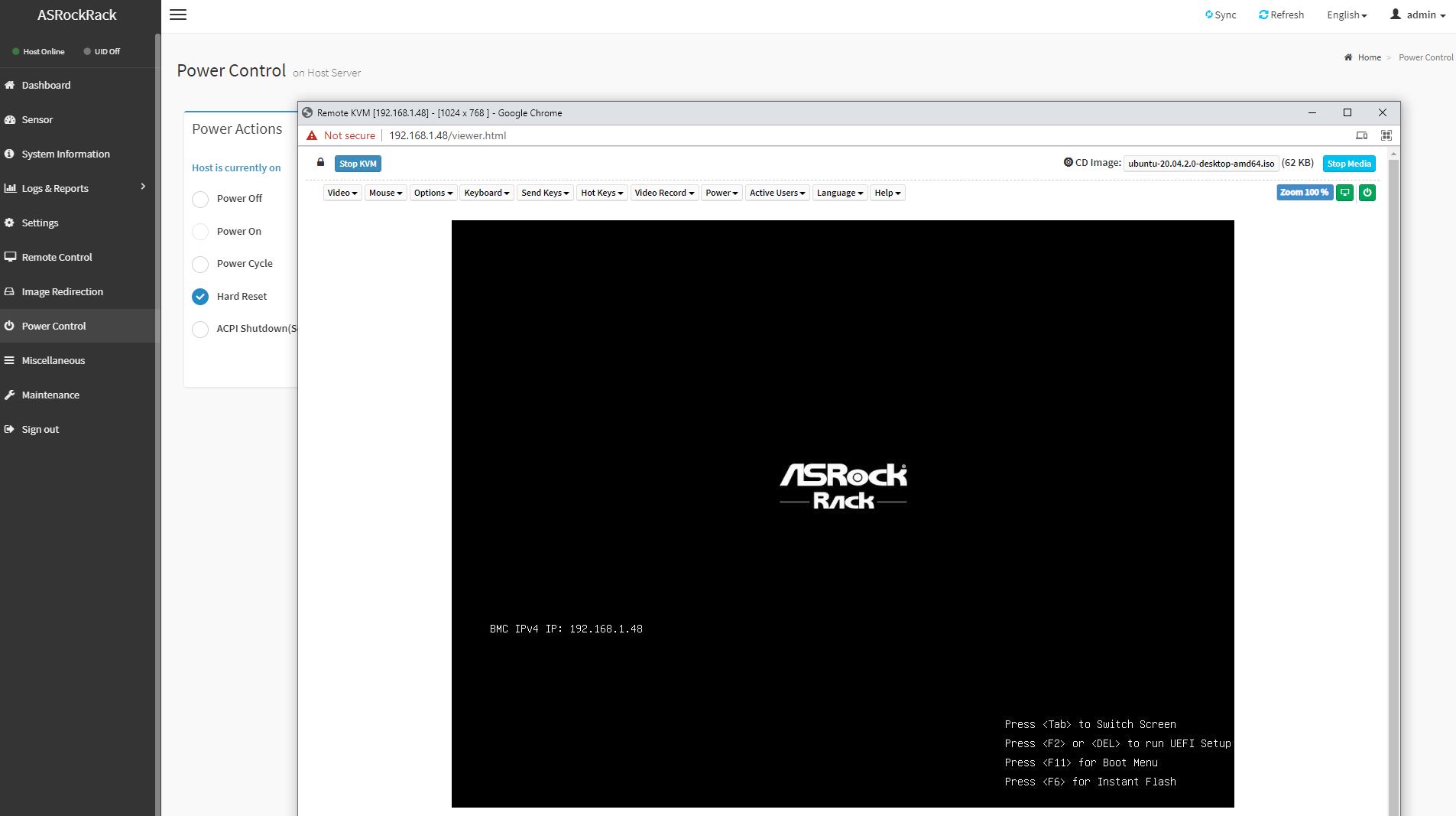
Many large system vendors such as Dell EMC, HPE, and Lenovo charge for iKVM functionality. This feature is an essential tool for remote system administration these days. ASRock’s inclusion of the functionality as a standard feature is great for customers who have one less license to worry about.
Beyond the iKVM functionality, there are also remote firmware updates enabled on the platform. You can update the BIOS and BMC firmware directly from the web interface. This is something that Supermicro charges extra for.
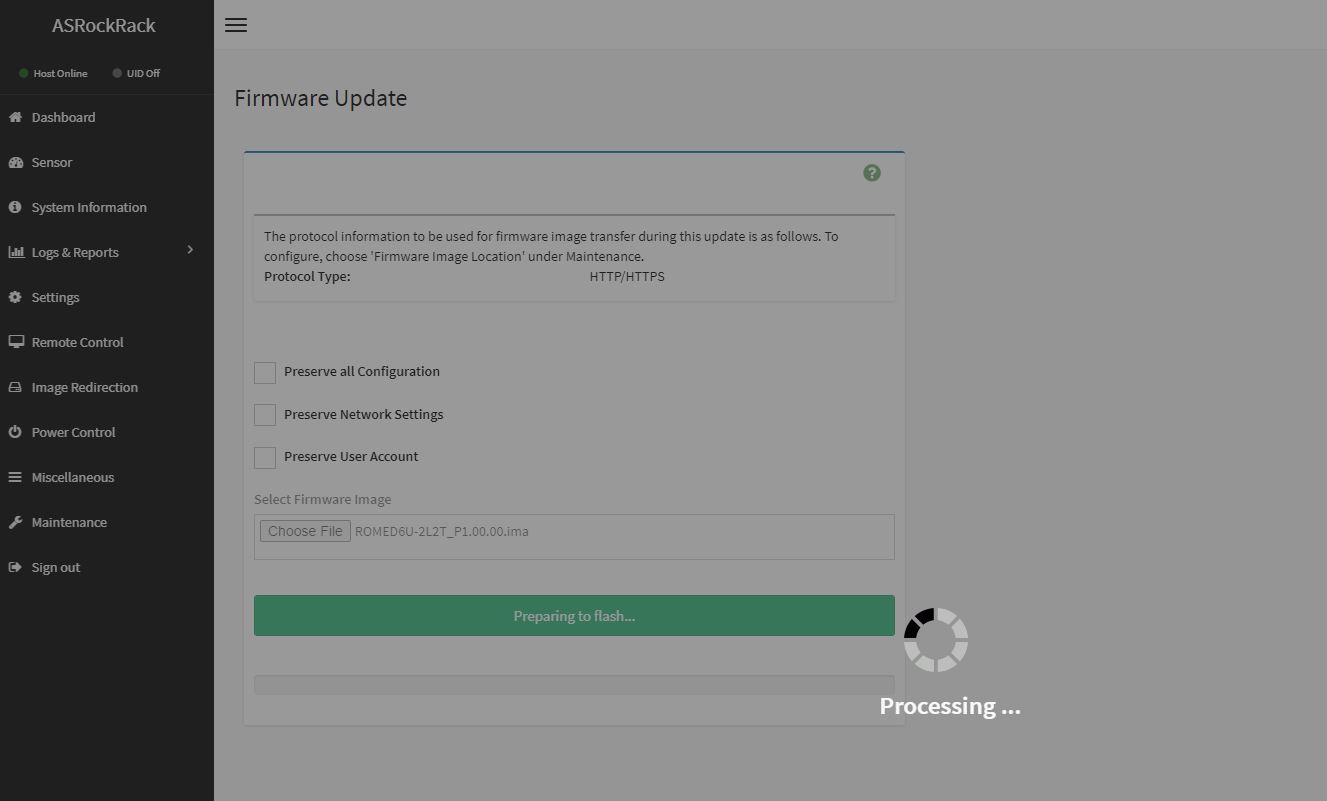
Overall, this is a fairly standard set of out-of-band management features.
Next, let us get to some market perspective and our final words.

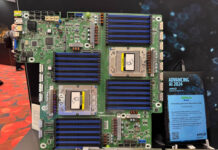
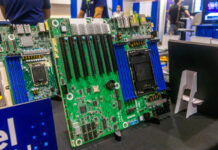

This is brilliant. This shows what can be done if we will just break our addiction to PCIe slots.
Thanks to Eric for featuring it.
Imagine the same apporoach taken to a UP Epyc or a TR Pro board: you could have a row of slim sas connectors lined up beside the CPU, providing a dozen PCIe4 x8 links. Short traces lower the cost of manufacturing it. Such a board could be uATX in size but have the IO of a EATX.
There are 4 USB3 ports on the edge of the motherboard, not 2 as stated in the article.
That is different. Not locking you into specific psus
@emerth nailed it on the head- this is why STH is the only site I read the comments.
The way the review was stated, it sounds like this was a showcase piece for Asrock Rack. I’ll be curious if there is a vendor lined up already to integrate this, or maybe someone will build a modular platform around it.
I want to see this in a chassis, but I mean I love that STH does these reviews with all of that “STH context”. It’s so cool that there’s a site that can explain why not just what.